Grama para jardim é um elemento fundamental para criar um espaço verde, agradável e funcional em sua casa. Para ter sucesso na criação de um belo gramado, é essencial saber escolher o tipo certo de grama, entender como preparar o solo, plantar e cuidar adequadamente da área. Além disso, é importante ter em mente questões como sustentabilidade e adaptação ao clima local. Neste guia, abordaremos as principais informações que você precisa conhecer para ter o gramado perfeito em seu jardim.
Discover the best grass species for your garden
Garden grasses come in a wide variety of species, each with their own characteristics and adaptations to different climate and soil conditions. Here are some of the best options for you to consider:
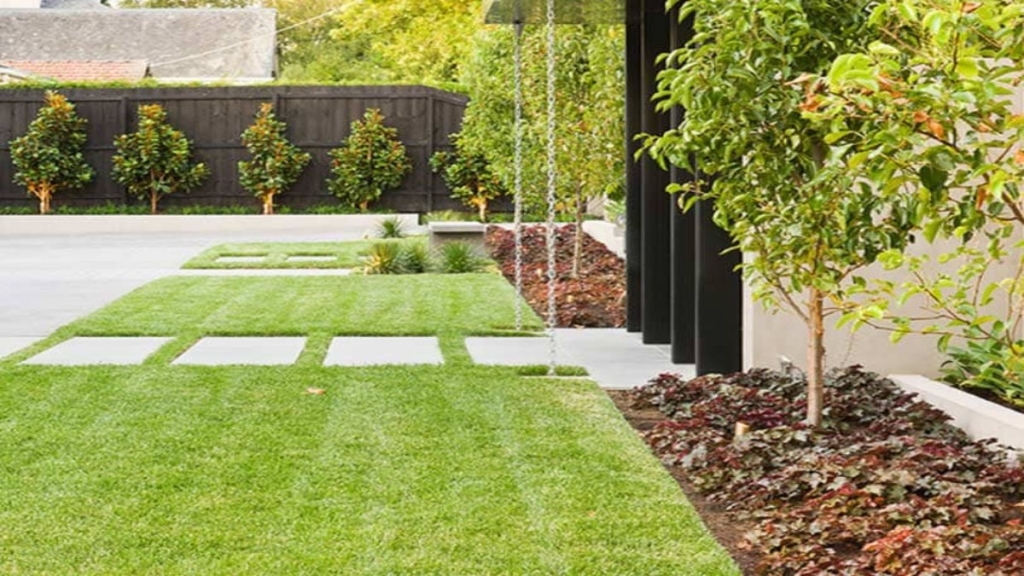
Emerald grass
This species is known for its intense green color and narrow, pointed leaves. It is ideal for areas with high sunlight and moderate traffic. Light is crucial for its development.
St. Charles grass
With a vibrant green color and broad, smooth leaves, this grass adapts well to colder locations or those with little sunlight. It grows slowly, but is resistant to pests and pets, making it ideal for residential gardens and farms.
Bermuda grass
This grass has narrow leaves and grows quickly, forming a dense cover. Its ability to regenerate is an important advantage, especially in areas with heavy traffic.
Potato grass
With a more rustic appearance, this grass is highly adaptable and can grow even in poor soils. It is a popular choice for landscaping and public lawns.
Missionary grass or carpet
If you live in a region with a colder climate, this grass may be an interesting option. Its leaves have a unique green color and the plant grows well in areas with low temperatures.
Peanut grass
Ideal for warmer regions, this grass has dark green leaves and yellow flowers with round petals. Used as ground cover, it adds an extra touch of charm to the environment.
Zoysia grass
Although it is harder to find, this species is an excellent option for cold and coastal locations. Due to its slow growth, maintenance is not frequent.
Synthetic grass
If you don’t want to worry about maintenance or the hassle of it, synthetic grass is ideal. In addition to perfectly imitating natural grass, it is highly resistant and is available in various shades of green and blade sizes.
Keep your lawn looking great: essential tips
Now that you know some of the best types of grass for your garden, it’s time to learn how to care for them to ensure a healthy, well-maintained lawn. Here are some important tips, especially for lay readers looking for guidance on how to care for their lawns:
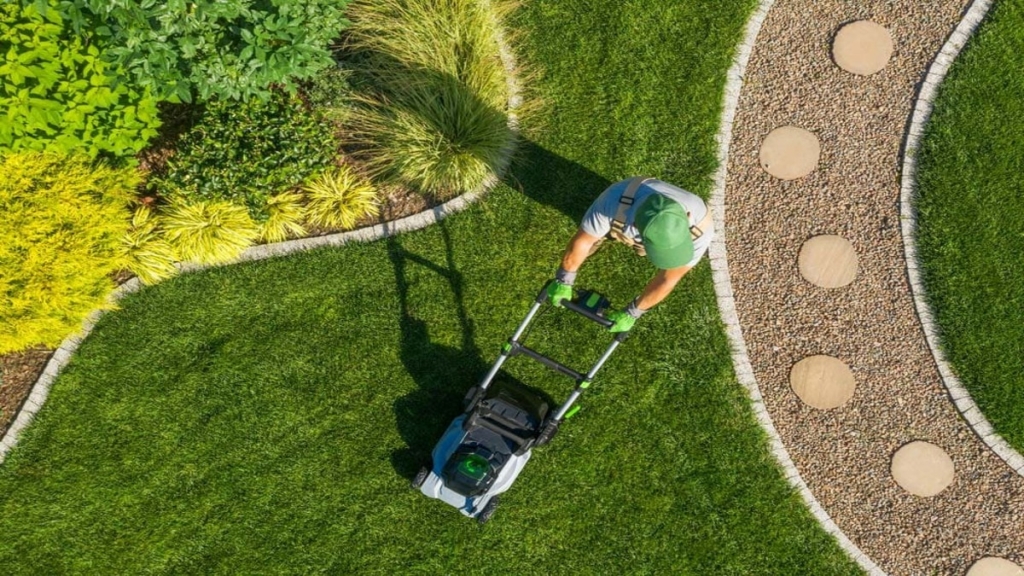
Choose the right grass for your climate and soil
Before planting your grass, make sure that the type of grass you choose is suitable for your area’s climate and soil type. Some grasses are better suited to cooler climates, while others prefer warmer, sunnier areas. Also consider the soil’s moisture level and drainage capacity.
Proper irrigation
The amount of water required for each type of grass varies. In general, it is important to keep the soil moist, but not soggy. Make sure the planting area has good drainage to prevent water accumulation and the growth of fungi and diseases.
Fertilization and soil correction
Providing adequate nutrients for your grass is essential to keeping it healthy and beautiful. Use fertilizers specifically for lawns, rich in nitrogen and potassium, and follow the application recommendations for each species. If necessary, correct the soil with limestone or agricultural gypsum, depending on the needs of each type of grass.
Pruning and maintenance
Mow your lawn regularly to keep it looking beautiful and healthy. The frequency of mowing varies depending on the species and the season, but it is generally necessary to trim your lawn every two to four weeks. Use sharp, appropriate tools to ensure clean cuts and avoid damaging the leaves.
Pest and disease control
Keep an eye out for insects, fungi and other diseases that could harm your grass. If you identify any problems, use specific chemical products or natural control methods, depending on the severity of the infestation and the characteristics of the grass species.
Pet Protection
If you have pets, keep them from relieving themselves on the lawn, as this can damage the grass. Also, demarcate specific areas for pets to walk on, to avoid excessive trampling.
Choosing the ideal grass for each type of use
When choosing grass for your garden, consider how you will use it. Some grasses are more resistant to traffic and are therefore ideal for recreational and sports areas. Others are more delicate and are suitable for ornamental purposes or shaded areas. Think about how you and your family will use the space and choose the right grass to meet your needs.
How to prepare the soil before planting grass
Before planting grass, it’s important to prepare the soil properly. Remove rocks, roots, and weeds, and make sure the ground is level. Turn the soil over with a hoe or plow, and add organic matter, such as compost or manure, to improve the soil’s structure and fertility. This will ensure that the grass has a healthy environment to grow and thrive.
How to plant grass
There are different methods for planting grass, including seed, slabs (also called mats), and seedlings. The method you choose depends on the type of grass and the conditions of your site. Seeds are generally cheaper, but can take longer to establish a uniform lawn. Slabs provide faster, more uniform results, but require well-prepared, level soil. Seedlings can be used to fill in bare spots in an already established lawn.
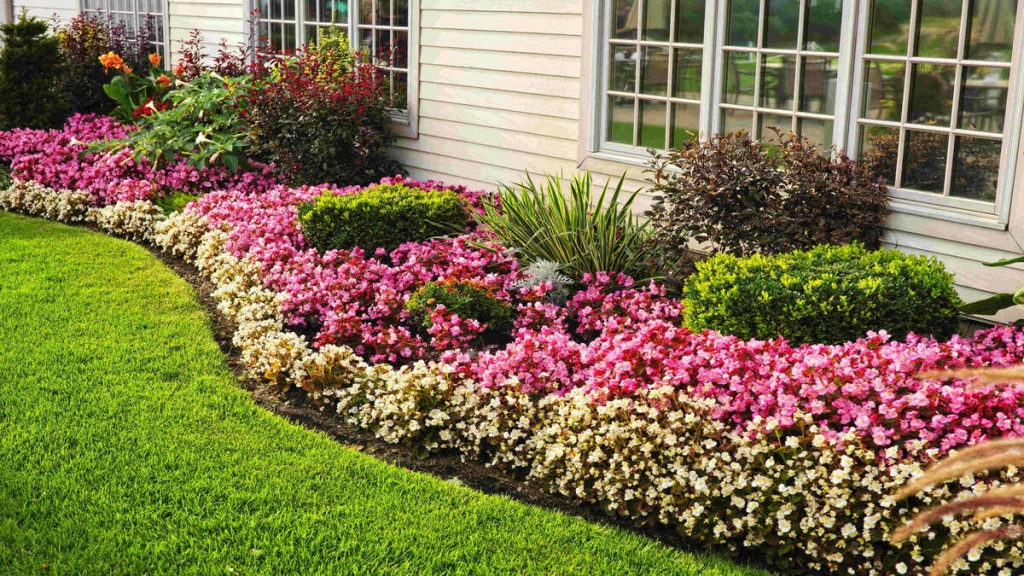
Lawns and sustainability
To create a sustainable lawn, choose grass species that are native or adapted to your local climate and conditions. This will reduce the need for irrigation, fertilization, and pest control. Also, consider sustainable management practices, such as using organic fertilizers and harvesting rainwater for irrigation.
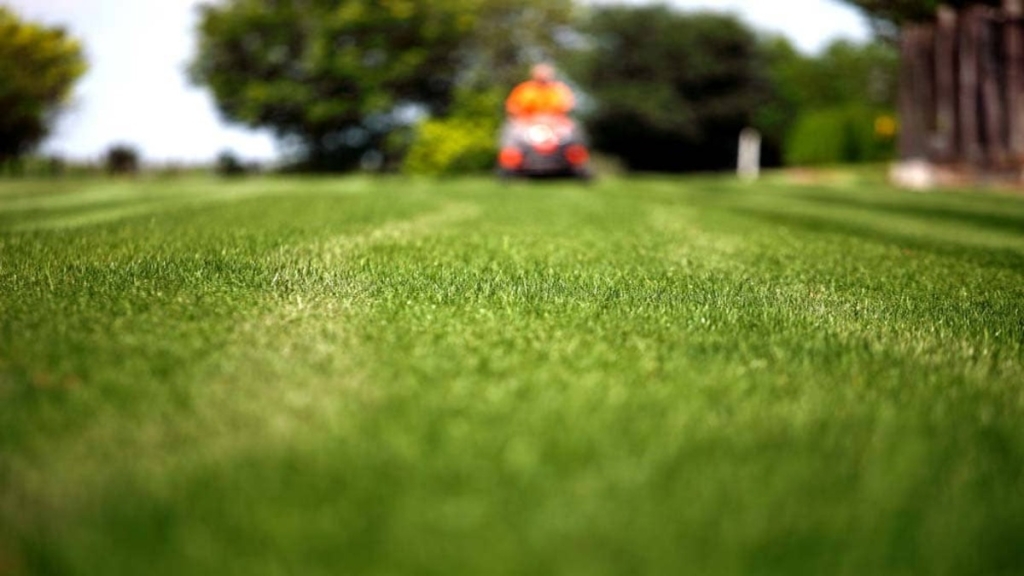
Integration with other plants and elements in the garden
Ao planejar seu jardim, pense em como a grama pode ser integrada a outros elementos, como canteiros de flores, arbustos e árvores. A combinação de diferentes tipos de plantas pode criar um ambiente mais agradável e atrativo para pessoas e animais, além de facilitar o controle de pragas e doenças.
Special care in winter
During the winter, some grasses can suffer from colder temperatures and frost. To protect your lawn, avoid mowing it too low in the fall and reduce the frequency of watering during the winter. If possible, also protect sensitive areas with mulch, such as dried leaves or straw.
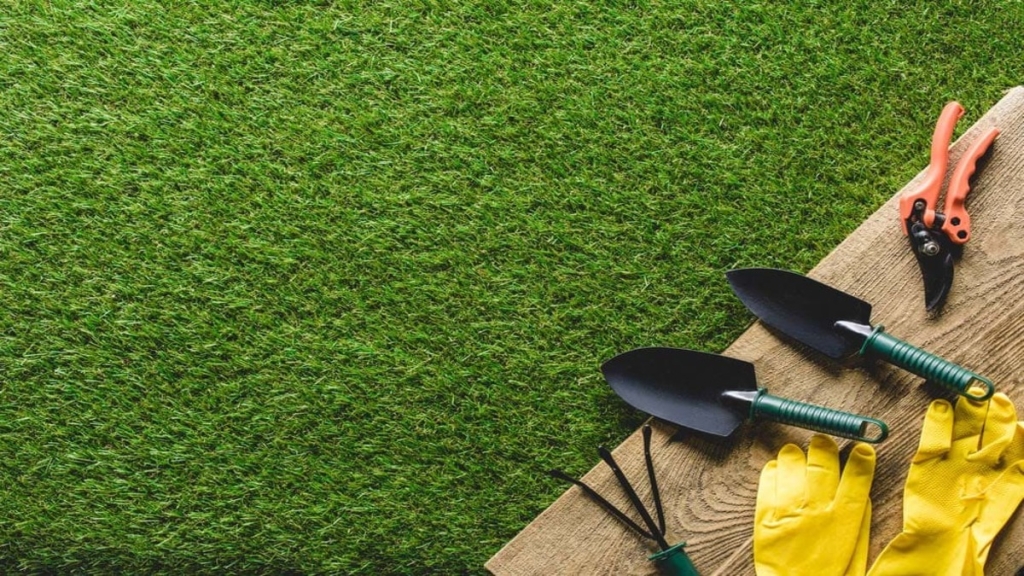
Now that you have the basics on lawn grass and how to care for it, you’re ready to choose the right type of grass for your home and create a beautiful lawn. Remember to follow the tips and guidelines specific to each type of grass to ensure a healthy, well-maintained garden for you and your family to enjoy.
Did you like this amazing tip? If so, share it with your friends and on your social networks. Leave your comment below and your suggestions. Receive it daily here on our website. Blog of ideas and tips free and follow us on Google News too. Thank you!